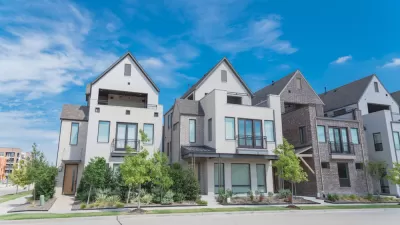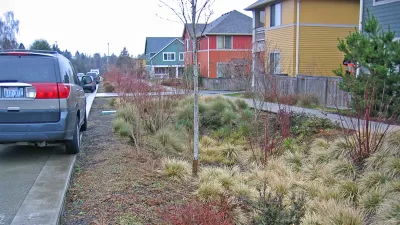The New York Times editorial board praises the Sept. 26th decision of the N.J. Supreme Court to uphold the 1983 landmark, affordable housing, anti-exclusionary zoning principles known as Mount Laurel and reject the appeal by Christie and 11 towns.
The editorial board calls the historic Mount Laurel decisions among "the more important civil rights decisions of the modern era" and opines that the "New Jersey Supreme Court has wisely rejected an attempt by Gov. Chris Christie to undermine" them.
The original case dates to the 1960s when a group of African-Americans had planned to build a low income housing development - but Mount Laurel used zoning to prevent it. They sued, and the result in 1975 "was the first ruling in the country to prohibit communities from enacting 'exclusionary zoning' practices", writes Colleen O'dea in NJSpotlight. A second ruling occurred in 1983.
In last week’s strongly worded decision, the court made clear that it would be keeping a close eye on both the Christie administration and wealthy communities that might be inclined to flout the law, which limits the use of exclusionary zoning as a means of preventing the construction of affordable housing.
The National Low Income Housing Coalition provides the background for the ruling on Sept. 26 that rejected the attempt by Christie and eleven suburban communities to undo what The New York Times called in their January editorial, "one of the most important civil rights decisions of modern times."
A group of eleven municipalities in 2012, with the support of Governor Chris Christie’s Administration, appealed an appellate court decision that upheld the Mount Laurel doctrine. The appellate court rejected the state’s 2008 regulations allowing municipalities to establish their own affordable housing obligations, which could discourage affordable housing through zoning and other land use powers.
The Times editorializes that "(t)he central issue in last week’s ruling was Mr. Christie’s effort to interpret the “fair share” mandate in a way that would essentially allow communities to decide for themselves how much affordable housing should be built. This, in turn, would give hostile communities license to block affordable housing."
FULL STORY: EDITORIAL: A Historic Fair Housing Decision Reaffirmed

Trump Administration Could Effectively End Housing Voucher Program
Federal officials are eyeing major cuts to the Section 8 program that helps millions of low-income households pay rent.

Planetizen Federal Action Tracker
A weekly monitor of how Trump’s orders and actions are impacting planners and planning in America.

Ken Jennings Launches Transit Web Series
The Jeopardy champ wants you to ride public transit.

California Invests Additional $5M in Electric School Buses
The state wants to electrify all of its school bus fleets by 2035.

Austin Launches $2M Homelessness Prevention Fund
A new grant program from the city’s Homeless Strategy Office will fund rental assistance and supportive services.

Alabama School Forestry Initiative Brings Trees to Schoolyards
Trees can improve physical and mental health for students and commnity members.
Urban Design for Planners 1: Software Tools
This six-course series explores essential urban design concepts using open source software and equips planners with the tools they need to participate fully in the urban design process.
Planning for Universal Design
Learn the tools for implementing Universal Design in planning regulations.
Ada County Highway District
Clanton & Associates, Inc.
Jessamine County Fiscal Court
Institute for Housing and Urban Development Studies (IHS)
City of Grandview
Harvard GSD Executive Education
Toledo-Lucas County Plan Commissions
Salt Lake City
NYU Wagner Graduate School of Public Service





























